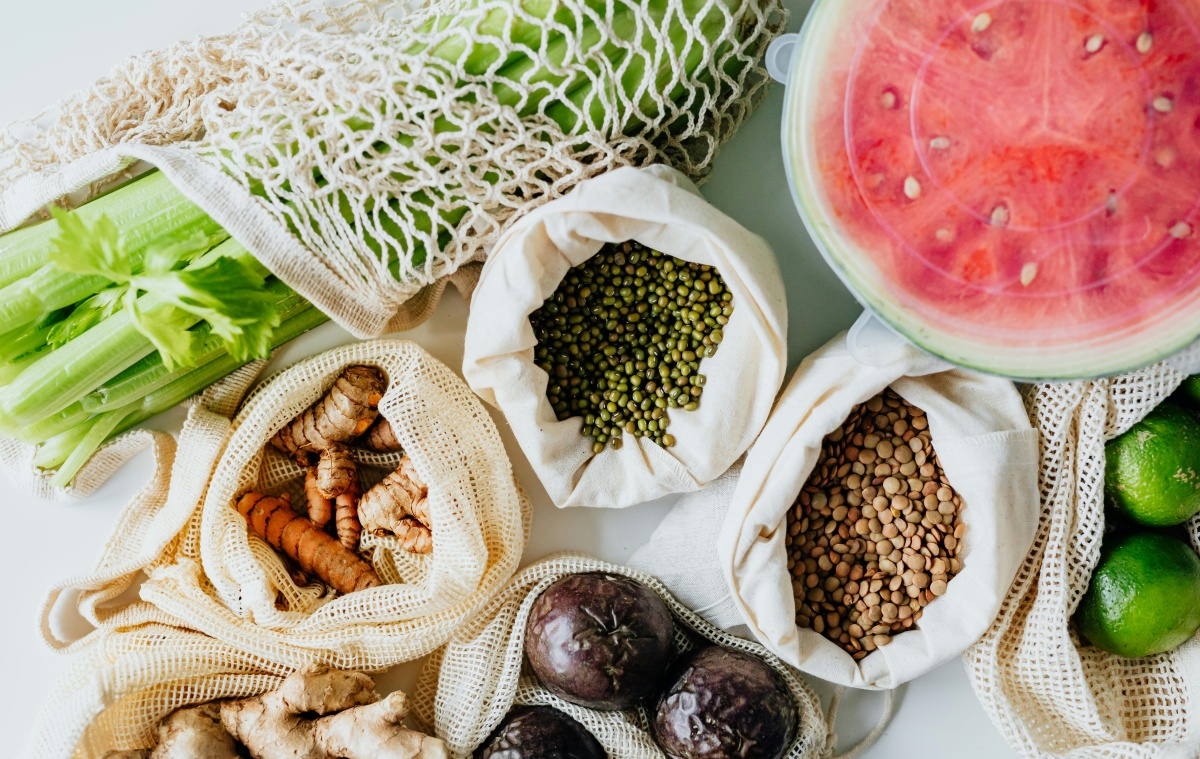Take inventory
To avoid overbuying, it’s important to take stock of your pantry, refrigerator, and freezer before going to the store. The process of taking inventory involves counting and recording the quantities of goods, materials, or items on hand, which is often used in business or personal contexts. Creating a list or inventory of possessions, assessing skills or personal qualities, or simply checking the stock levels of goods in a store or warehouse are just some of the tasks involved.
Save and eat leftovers safely
If you anticipate not eating your leftovers within three days, store them in the freezer and label them. It’s important to organize your freezer to prevent food from being lost and thrown out due to freezer burn. Store leftovers by covering them, wrapping them in airtight packaging, or sealing them in storage containers. These techniques are effective in preventing bacteria from entering, retaining moisture, and preventing leftovers from picking up odors from other food in the refrigerator. Rapid cooling can be achieved by refrigerating or freezing the wrapped leftovers immediately.
Buy ugly foods
Imperfect food is the purchase of fruits or vegetables that are misshaped or oddly shaped, and it has never been easier. You may receive ugly foods from some companies through a monthly subscription. Obtaining imperfect produce can be achieved by forming a relationship with a local farmer through a community-supported agriculture or farmers’ market. Remember that purchasing produce that has been bruised or spoiled is not recommended.
Use leftovers creatively
Look for ways to make use of food that isn’t fresh instead of throwing it out. Soup stock can be made from vegetable scraps and peels. Soft apples or blueberries make a perfect addition to oatmeal. Making croutons or an egg strata can be done with stale bread. Adding slightly wilted vegetables to soups or stir-fries is a great idea. One of the greatest things about soup is that it can be made with almost anything.
Here are 24 creative ways to use leftovers that you may have never tried before To creatively use leftovers, consider transforming them into new dishes such as stir-fries, soups, or casseroles, or repurposing them in sandwiches and wraps. You can also dedicate a ‘leftovers night’ to experiment with different combinations and flavor profiles.
Add mindfulness to your shopping routine
Saving food in your home starts with a mindset change. It includes being intentional about your purchases and planning ahead for meals, which the Save the Food Meal Prep Mate can help you with. The basic premise is to outline a meal plan for the week, which will also reduce your time spent in the store. To commence, take into account the meals you plan on making for the week, the number of people who need to be fed, and the type of leftovers you want. Then, check what you currently have in your freezer, pantry, and fridge to see what you can use up. After planning your meals, figure out how much food you’ll need and make a shopping list. Once you’re at the store, be careful and make use of the list.
Eat (or drink) the peels too!
Do you really need to remove the outer layer of your fruits and vegetables? In some cases (such as bananas, avocados, pineapples), peeling is necessary, but many items that we peel can be washed thoroughly and consumed as-is. Carrots, potatoes, apples, and anything else are all subject to this rule! You can also use the peels for other purposes, such as making potato peel chips or apple peel tea. I always keep a’stock bag’ in my freezer where I collect vegetable trimmings. Once the bag is full, I boil it in a pot of boiling water for several hours, and voila, vegetable stock!
Form a friendship with your freezer
A kitchen that doesn’t waste can benefit from the freezer as a great friend. The act of freezing produce, meat, dairy, and even lightly beaten eggs is essentially like pressing the pause button. I like to freeze dark leafy greens that are starting to wilt the most. I cut them up, freeze them in a plastic bag, and then use them in smoothies, sauces, and curries. One way to become a successful food-freezing champion is to freeze it in portions. Use airtight containers to prevent freezer burn, and conduct an occasional survey of what is in the freezer since nothing lasts forever!
Understand date labels
Food expiration dates have no bearing on safety; they are not federally regulated and are not relevant numbers for consumers. The various categories of date labels make it difficult to decipher their meanings. Generally speaking, they are indicators of when food will be at its highest quality. If food has been stored in a safe way and there is no mold, I use the sniff or taste test as my go-to method for determining its freshness.

